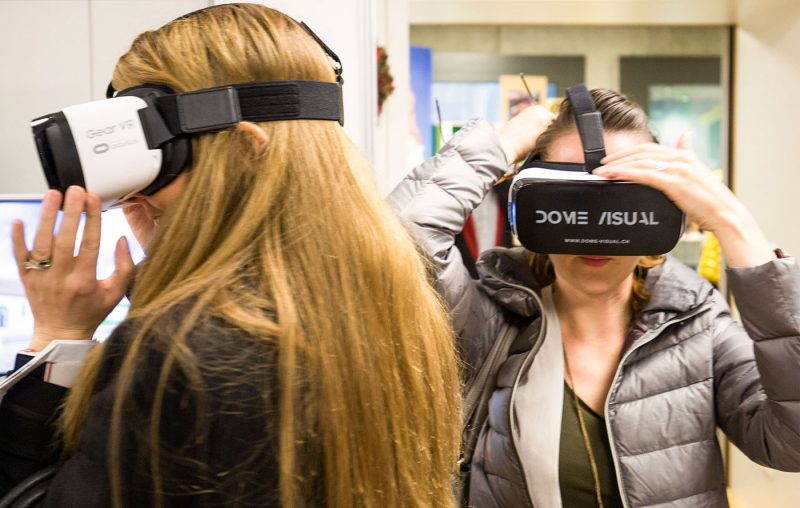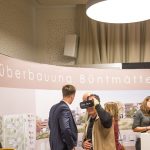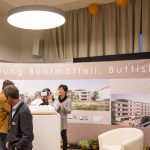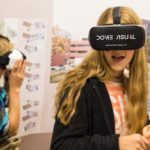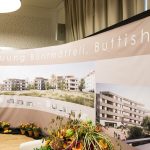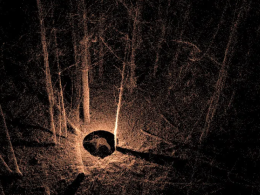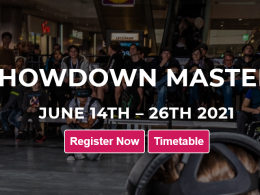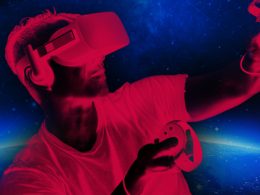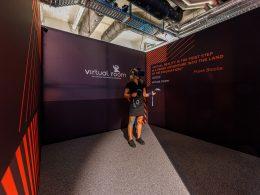Last week you learned more about the use and trends in the property sector from Andras Böger, a qualified architect and project manager at Dome Visual. We wanted to find out a little more and asked the experts about their VR project for the new Buttisholz Corporation building, as well as the client himself.
What were the challenges in your reference project?
Our client wanted a presentation of different flats at the trade fair in Buttisholz in the canton of Lucerne. We expected a relatively high number of visitors right from the start and therefore an intensive application.
The application should therefore work intuitively and without much explanation. We deliberately didn't want any additional buttons or controls for the VR application. It should be usable for everyone as a matter of course and without complications, so that the use and presentation can work very easily.
How did you implement this in practice?
We have developed an app for the Samsung Gear in which you can set the controls for the glasses yourself and cover all customer requirements.
So we came up with the idea that each pair of glasses represents a different flat. The potential tenants put on one of the glasses, which teleports them into the interior of a flat. To view another flat, they put on a different pair of glasses.
A cool idea! One new world per pair of glasses. The glasses must have been in constant use all day, did that go well?
The images switch on automatically if someone picks up the glasses and switch off again when they take them off. This means that the glasses can be used all day, energy-efficiently and without any problems.
Have you already used VR technology in your planning?
Yes, and we also faced some new challenges there. At the moment, customers don't always have access to VR glasses. We have published the images internally on our homepage so that customers can still check the various project phases. This allows customers to view the entire project in 360 degrees and make corrections if they wish.
And what do you think as a customer, Mr Hebler?
We found the collaboration with Dome Visual to be uncomplicated, direct and professional. In a comprehensive consultation at the beginning, the possibilities were outlined and the general conditions discussed. The course of the project was characterised by the efficient further development of the drafts according to our ideas. We were able to check the result directly. At the final meeting, we were allowed to take over the pre-configured demonstration units on loan. The result was perceived as very realistic by our exhibition visitors. So our goals were achieved and the exhibition was a complete success!
How did you approach the customer about VR and get them to try it out?
VR is difficult to describe in words. It really has to be experienced in person. The reactions from those responsible at Buttisholz were clearly positive.
For this reason, we also use the opportunity to spread the word about VR at such trade fairs. Once potential customers have tried VR, they are very easy to convince.
Back in 2015, we gave away a Google Cardboard as a Christmas present, which customers could assemble themselves within 3 minutes during the coffee break. By scanning the QR code, they could then download our Christmas picture. That was a really successful gift. It showed how images or ideas can be presented and disseminated nowadays.
In the next and final part next week, you can read more about the advantages and disadvantages of VR glasses in the property sector and how a project at Dome Visual comes about.





